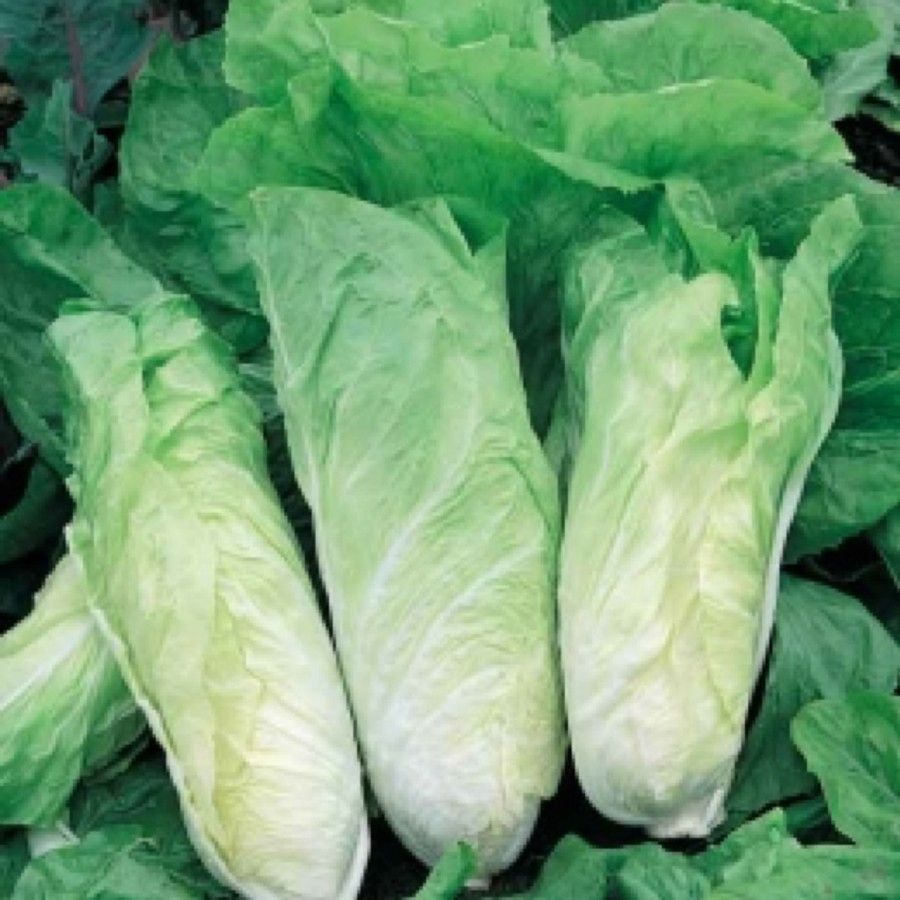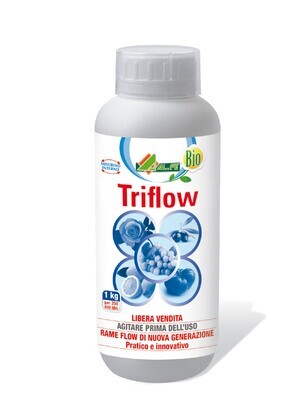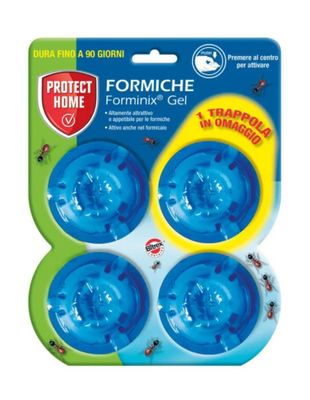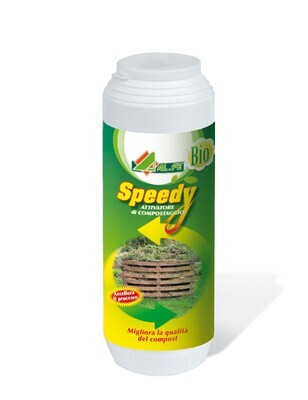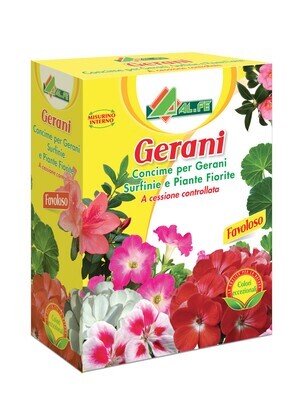Milan White Chicory Seed - Leben
0,86 €
In stock: 20 available
1
Save this product for later
Customer reviews
Reviews only from verified customers
No reviews yet. You can buy this product and be the first to leave a review.
Milan White Chicory Seed - Leben
Product Details
Marca: Leben
Weight: 0,02 kg
Blond green leaves, expanded and rounded leaf blade. Voluminous cap typically elongated, consistent. Reaches considerable weights. Semi-delayed. Does not withstand severe frosts.
TERREST. Desires specific vegetable garden soil, draining but fertile and rich in organic matter with neutral pH.
CLIMATE AND SOLAR EXPOSURE. It prefers mild climates and resists cold well. It does, however, fear periods of frost and thaw. Choose sunny or half-shade locations.
SEEDING. Can be sown between May and August directly in the ground. Deposit a group of seeds 1 cm deep and about 40 cm apart from row to row and 25 cm across the row on moistened soil. Keep moist until germination.
HARVESTING. Harvesting of adult leaves can take place between September and December.
CONCULATION. At planting in the ground, in pots or seedbeds, and in repotting operations, mix a pelleted organic granular fertilizer specific for vegetable or aromatic plants with the potting soil. When the plant is adult, fertilize once or twice a year always with the same specific fertilizer for vegetable garden and aromatics. In late spring you can use liquid fertilizers, preferably enriched with chelated microelements (boron, iron, manganese and zinc) to be mixed with irrigation water.
IRRIGATION. Water regularly while keeping the soil moist at all times. Increase watering during dry periods. Avoid excess and stagnant water.
TREATMENT. Garden plants should be treated carefully using only natural products. It is good practice to always have natural and organic products (soft soap, neem oil, pyrethrum) on hand to combat aphids and chewing insects.
You May Also Like
Display prices in:EUR
